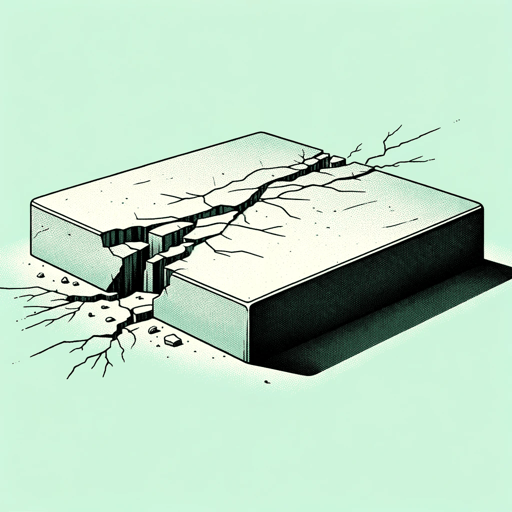52 pages • 1 hour read
Mike DavisLate Victorian Holocausts: El Niño Famines and the Making of the Third World
Nonfiction | Book | Adult | Published in 2000A modern alternative to SparkNotes and CliffsNotes, SuperSummary offers high-quality Study Guides with detailed chapter summaries and analysis of major themes, characters, and more.
Part 1, Chapters 1-3Chapter Summaries & Analyses
Chapter 1 Summary
Disaster struck British colonial India in 1876. An ENSO-fueled drought hit the sub-continent at a moment when grain prices were already climbing in the midst of a global economic depression. The Industrial Revolution birthed new technologies that failed to minimize the effects of the crisis. Merchants used new railroads to move supply to depots for hoarding, and the telegram allowed industrial producers to raise prices almost instantly in connection with changes in global supply. Taxation that financed the railways further crushed the ryots, or peasant farmers. The British imposed the gold standard, devaluing India’s currency, the rupee. This artificial inflation forced Indians to pay more for already costly imports. Famine refugees flooded into cities looking for relief, but they did not find it.
The British viceroy in India, Lord Lytton, did not intervene to regulate grain prices or implement effective relief. Instead, following free market economics, he suggested that government aid would only worsen the famine. He also believed, in accordance with Social Darwinism, that the impoverished Indians were fated to perish. Intervention, the imperialists suggested, could not overcome “natural” economic forces or demographics. The famine, moreover, did not stop Lytton from holding a “week-long feast for 68,000 officials, satraps, and maharajas […]” (33).
Related Titles
By Mike Davis



